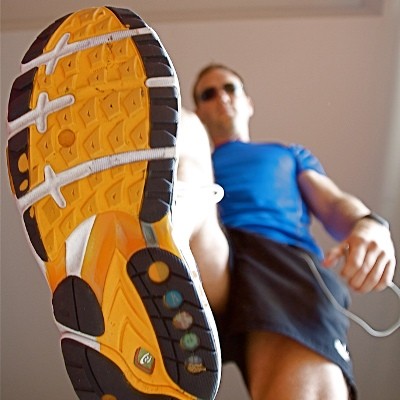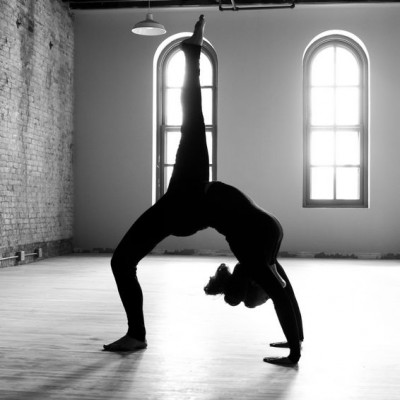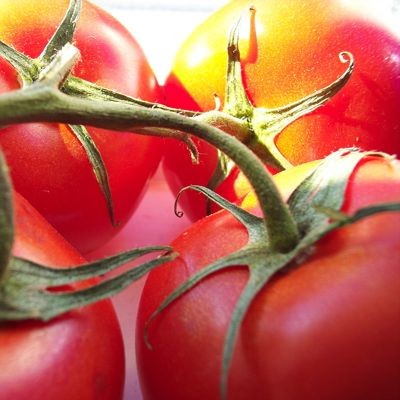Snacking – Making It Work For Your Diet Plan
Friday, April 14, 2017
Kente Bates, Oregon Sports News
 Snacking. What can be said about such a saboteur of diets worldwide? Lots of diets have gone by the wayside (maybe even yours) this year due to snacking and temptation… Here is a respite… well-planned, healthy snacks can complement your weight-loss plan. Here are creative and healthy ways to satisfy your hunger.
Snacking. What can be said about such a saboteur of diets worldwide? Lots of diets have gone by the wayside (maybe even yours) this year due to snacking and temptation… Here is a respite… well-planned, healthy snacks can complement your weight-loss plan. Here are creative and healthy ways to satisfy your hunger.
Your stomach is growling, but lunch is hours away. You could grab a snack, but you think it’s best to grit your teeth and wait for lunch. Not so, if weight loss is your goal.
In fact, well-planned weight-loss diets allow for healthy snacks to help manage hunger and reduce bingeing at mealtime. The key is to eat healthy snacks that satisfy your hunger and keep the calorie count low.
Healthy Snacking
The best snacks are those that fill you up quickly, make you feel full until mealtime and add relatively few calories to your daily total. Fruits and vegetables meet these ideal snack requirements for several reasons:
- Few calories. Most fruits and vegetables are low in calories. Even when you eat a portion that satisfies your hunger, the calorie count is low.
- Lots of water. Most fruits and vegetables contain a lot of water, which helps fill you up.
- Lots of fiber. Fiber is the part of plants that you can’t absorb and that passes through your digestive system slowly. Fiber fills you up and helps you feel full longer.
- Lots of nutrients. Fruits and vegetables provide healthy vitamins, minerals and other beneficial plant chemicals (phytochemicals).
- Little fat. Most high-fat foods are high in calories, but usually low in water content and fiber. In order to feel full of high-fat foods, you need to consume lots of calories. Most fruits and vegetables have very little fat.
100-calorie goal
A good goal for a between-meal snack is something with fewer than 100 calories. Generous portions of fruits or vegetables can easily help fill you up while staying below that calorie count. All of the following servings have fewer than 100 calories:
- Medium apple: 95 calories
- Small banana: 90 calories
- Two kiwis: 84 calories
- 20 medium baby carrots: 70 calories
- 20 grapes: 68 calories
- Medium orange: 65 calories
- 20 cherry tomatoes: 61 calories
- Medium peach: 58 calories
- Medium red pepper: 37 calories
- 20 pea pods: 28 calories
For comparison, one reduced-fat cheese stick has about 60 calories 100-calorie but it also has 4.5 grams of fat. While the protein and fat may help curb your appetite, a single cheese stick may not be as satisfying as, say, 20 baby carrots, which add up to nearly 10 times the weight of the cheese stick, have 70 calories and less than 1 gram of fat.
Fresh is best, but . . .
While fresh fruits and vegetables are the best choices for between-meal snacks, frozen fruits and vegetables are a suitable alternative. And canned fruit packed in its own juices or water — not in syrup — is a reasonable choice even though the processing does somewhat lower the nutrient value.
Other snack options
Other snacks that are healthy and low in calories include the following:
- Popcorn. Two cups of air-popped popcorn have 62 calories and is a good source of nutrients, such as magnesium and potassium.
- Whole-grain crispbreads. Toasted whole-grain bread crackers, such as rye Melba toast, are good sources of fiber and complex carbohydrates. Five pieces of Melba toast have about 97 calories.
- Hummus. Hummus is made primarily from chickpeas, a small amount of ground sesame seeds and olive oil. It’s a reliable source of protein. Although it contains fats, they are mostly healthy polyunsaturated and monounsaturated fats. Two tablespoons of hummus — a good dip for a low-calorie vegetable snack — has 50 calories and 2.8 grams of fat.
- Nuts. While nuts may have a bad reputation, research studies have shown that they don’t generally contribute to increased calorie intake or weight gain when eaten in moderation, in part because you feel satisfied after eating them. Nuts also have been associated with a decreased risk of heart disease and overall mortality. Thirteen almonds provide a 100-calorie snack with 7.8 grams of healthy fats.
Making snack time work for you
- Healthy snacking requires planning. Here are some tips to snack sensibly:
- Keep your house stocked with fresh fruits and vegetables. Buy a variety so that you don’t get bored with your selection.
- Keep a supply of frozen or canned fruits at home and work for backup.
- Don’t keep conventional snacks, such as candy or chips, in the house.
- Have a small number of mixed nuts when hungry, which will go a long way toward decreasing hunger sensations.
- Experiment with herbs or spices to make fruits and vegetables more interesting.
- Prepare snacks in the evening for the next day. For example, before bedtime slice up a red pepper, wash an apple or count out a snack-size serving of grapes. Put the snack in a container so that it’s ready to go in the morning.
- Planning by having healthy choices on hand can help make your weight-loss or weight-maintenance plan a success.
In closing, “bodies are made in the kitchen”. You must make that commitment to being great…. dieting, exercise, whatever it is you are looking to do. Never forget the basics. THE BASICS ALWAYS WIN!!!







 Delivered Free Every
Delivered Free Every
